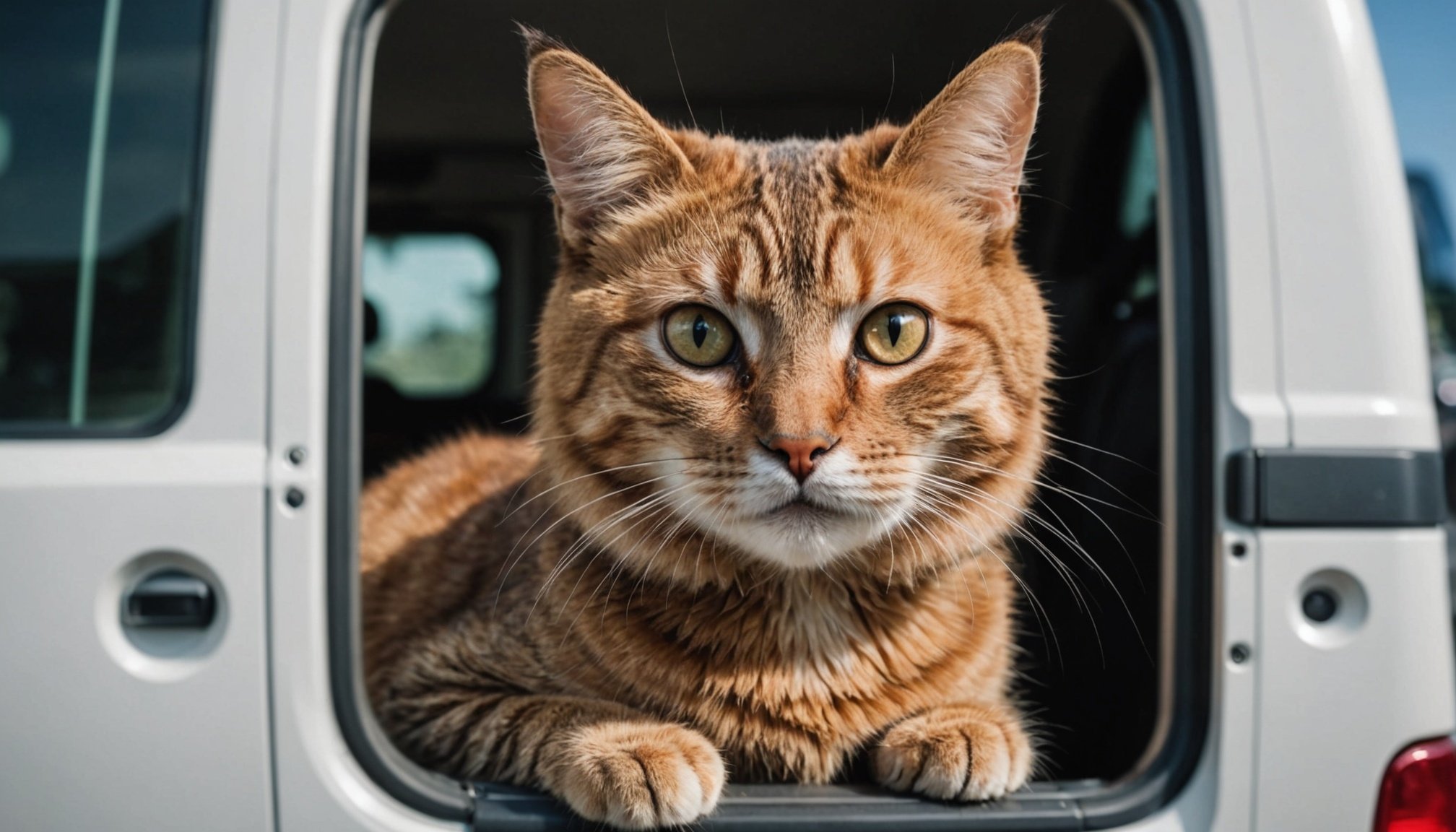Transporting your cat to the veterinarian can often be a daunting experience for both you and your feline friend. Many cats associate car rides with stressful situations, such as vet visits, which can heighten their anxiety. As responsible pet owners, you undoubtedly want to ensure your cat feels safe and secure during this essential journey. In this article, we will explore effective strategies and tips to help you transport your cat to the vet safely and with minimal stress. You will learn about the importance of preparation, choosing the right equipment, and establishing a calm environment.
Preparing Your Cat for the Trip
Before embarking on your journey, it’s crucial to prepare your cat for the trip to the vet. Start by familiarizing your cat with the carrier. Comfort is key; leave the carrier open in your home for several days before the appointment, allowing your cat to explore it at their own pace. Place familiar items inside, such as their favorite blanket or a toy, to create a more inviting space. This will help your cat associate the carrier with positive experiences.
Also read : How can I set up a cat-friendly garden that is safe and enjoyable for my feline friend?
You might also want to practice short trips around your neighborhood. This way, your cat can gradually get used to the carrier and the sensation of being in a moving vehicle. During these practice runs, observe your cat’s behavior closely. If they seem anxious, pause the trips and allow them more time to acclimatize.
When the day of the vet appointment arrives, ensure that you have everything organized. Keep the carrier door securely closed and minimize any loud noises that could startle your cat. It’s advisable to avoid feeding your cat right before the trip, as this can help prevent motion sickness. However, ensure they are hydrated. If your cat is particularly anxious, consider consulting your veterinarian about anxiety medications or calming products that can ease their stress during transport.
Have you seen this : What are the most effective ways to introduce a new cat into a home with existing pets?
Choosing the Right Carrier
The type of carrier you choose can significantly impact your cat’s experience during the journey. Look for a sturdy and well-ventilated carrier that is large enough for your cat to stand, turn around, and lie down comfortably. A carrier with a top-loading option can be particularly beneficial, as it allows for easier placement of your cat inside without forcing them through a narrow entrance.
Safety is paramount, so ensure that the carrier is secure and free of any sharp edges. Avoid carriers that have too many holes, as these can provide escape routes, increasing the likelihood of your cat darting away when the door opens. Additionally, consider carriers with non-slip bottoms for added stability during transport.
If your cat is especially anxious, you might explore soft-sided carriers. These can offer a more comfortable environment and often include extra pockets for storage, which can be handy for carrying your cat’s favorite items or treats. Moreover, consider using a carrier blanket that smells like home to provide extra comfort. Being familiar with their surroundings can help your cat feel more relaxed. Remember, investing in a high-quality carrier not only ensures your cat’s safety but also contributes to a more pleasant travel experience.
Creating a Calm Environment in the Car
Once you have your cat secured in their carrier, the next step is to create a calm environment in the car. Minimize loud music and avoid sudden stops or sharp turns, as these can cause panic in your feline friend. Instead, drive steadily and keep your voice calm when talking to your cat.
Consider the temperature inside the vehicle. Cats can be sensitive to extreme heat or cold, so ensure the climate control is set to a comfortable level. If you’re using a soft-sided carrier, place it in a secure spot where it won’t move around during the ride, such as on the floor behind the passenger seat.
While traveling, it can be helpful to talk to your cat in a soothing voice. This can reassure them that everything is okay, and your presence may provide comfort. Some cat owners find that playing soft music can also help to calm their pets during the journey. If your cat becomes overly stressed, stop the car in a safe area to check on them and offer comfort. Taking brief breaks can allow both you and your cat to regroup before continuing the journey.
Post-Visit Care and Comfort
After your visit to the vet, it’s essential to provide comfort and reassurance to your cat. Once home, allow them to exit the carrier at their own pace. Some cats may prefer to stay in their carrier for a while to decompress after the outing. Be patient and let them choose how to re-enter their environment.
Consider providing a quiet space where your cat can feel secure. This could be a designated area in your home where they can retreat until they feel comfortable again. Treats and gentle petting can reinforce the idea that returning from the vet is a positive experience. You might also want to offer their favorite toy or engage in a gentle play session to distract them from any residual stress.
If your cat received any treatments or vaccinations during the visit, keep an eye on them for any adverse reactions. They may be a little sluggish or less interested in food for a short period, which is normal. Ensure they have access to fresh water and a comfortable place to rest. Monitoring their behavior closely for the next day or two will help you catch any potential issues early and discuss them with your veterinarian if needed.
Transporting your cat to the vet doesn’t have to be a stressful ordeal. By preparing your feline friend, choosing the right equipment, and creating a calming environment, you can make the journey more manageable for both of you. Remember, the key lies in understanding your cat’s needs and providing them with a sense of security throughout the process. With these strategies in place, you will not only ensure your cat’s safety but also foster a positive association with vet visits in the future. Your commitment to their well-being will go a long way in making these necessary trips as stress-free as possible.










